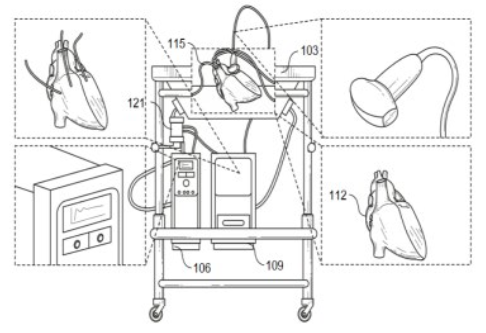

A 3D Patient-Specific Anatomical Heart Model
Invention Summary:
Heart disease is the leading cause of death for both men and women in the United States. During the past 50 years, the landscape for heart disease has been changed by pharmacological advancements and device innovation. Routine preoperative imaging is necessary for optimal planning of surgical interventions and procedures. 3D printing is a widely used technique that builds lifelike replicas of the human heart to address the planning stages of operations and overcome limitations with procedures.
Rutgers researchers have created a dynamic flow apparatus that will be used in presurgery, allowing for in vitro testing of cardiac interventions. The flow phantom consists of an enclosed chamber, flow controllers, and patient-specific 3D-printed heart models. The 3D-printed heart models are developed from patient MRI and CT scan data. The flow phantom and cardiac models have been designed to help diagnose complex cases, determine appropriate interventions, plan the procedure, and test the chosen intervention prior to being performed on the actual patient.
Market Applications:
- Pre-operative planning for cardiac surgeries
- Operation practice for cardiac surgeons
- Cardiac device testing
- Cardiac disease diagnosis in complex cases
Advantages:
- Patient-specific 3D printed model
- Integrated and dynamic flow system designed to replicate cardiac flow
Intellectual Property & Development Status: Patent pending. Software available for licensing and/or research collaboration. For any business development and other collaborative partnerships contact: marketingbd@research.rutgers.edu